August’s “Recent Wines” has been a long haul. A trip to Australia in springtime meant that whilst you were all away enjoying August holidays I was commuting between England and Scotland. Despite the thousands of miles I put on the clock, I still seemed to drink a lot of wine (perhaps the two are connected), and this is the third and final look at what got opened last month.
As in the first two parts, we have seven wines, all from diverse places, except there are two from Alsace here, and they all come from Europe this time. In addition to those two, we have appearances from Tenerife, Northern Greece, the English Midlands, Slovakia and Friuli. They are all unquestionably summer wines, and in fact it was only yesterday up here in Scotland that autumn seemed finally to have arrived. I appear to be worryingly low on less expensive reds.
Benje 2021, Envinate (Tenerife, Canary Is, Spain)
The Tenerife estate of Envinate makes such wonderful wines, but familiarity breeds familiarity and I hadn’t had one since before Covid. I spotted this on the shelf and picked it up a couple of months ago, one of the reasons I prefer browsing in a wine (or substitute record or book) shop rather than always buying online.
The Envinate story is now well known, four young wine graduates meeting whilst studying in Alicante forming a consultancy which now makes wine across Spain. One of them, Roberto Santana, was winemaker at the seminal Suertes del Marqués between 2008 and 2016, and arguably he did at least as much as anyone did to put Tenerife on the wine map. It is Roberto, and Suertes’ Jonatan García, from whom the success of Tenerife’s wines have flowed, joined thus far by streams from La Palma (Victoria Torres Pecis) and increasingly, Lanzarote, putting Spain’s Islas Canarias firmly on today’s viticultural map.
Benje comes from a part of Tenerife called Santiago de Teide, although the DO is designated Ycoden-Daute-Isora. It is a zone of high-altitude viticulture at 1,000 masl. Benje is the original name of Tenerife’s second highest peak, now called Pico Viejo, and the grapes are all Listán Blanco, or Palomino to almost anyone on mainland Spain. The most important thing to say is that the terroir here is volcanic and this gives a very different wine to what one might find from Jerez’s chalky albariza soils.
There’s a citrus mineral bouquet with the palate echoing it, but the nose also has a smoky thing going on. The palate is saline and textured (25% of the grapes see skin contact of between three-to-six weeks, and ageing in concrete adds to the texture). It is not the most complex of Envinate’s Tenerife wines, but it is supremely drinkable and remarkable value. It’s also a totally natural wine, both from the point of view of viticulture (the soils are also worked by hand up here) and winemaking (zero added sulphur).
Around £30, in my case from Cork & Cask, Edinburgh. Also try The Sourcing Table in London. The importer is Indigo Wine.
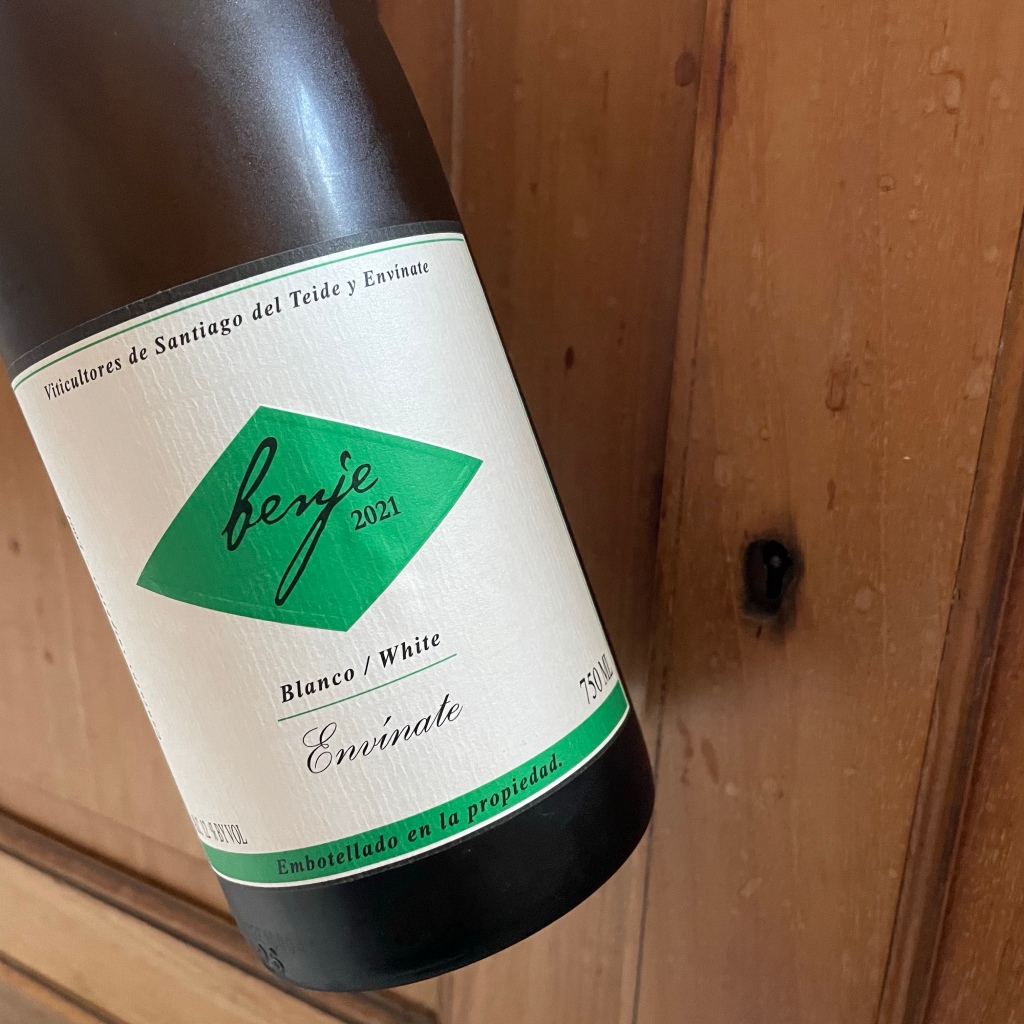
Skyphos Xinomavro 2019, IGP Macedonia, Artisan Vignerons of Naoussa (Macedonia, Greece)
There’s no question, I would drink far more Greek wine if it were more readily available to me. For this reason, it was great to find this in a wine bar/shop specialising in natural wine fairly close to where my daughter lives, and from a producer I didn’t know. Like the Benje above, this was the product of browsing. I’d actually gone in there for some Joiseph Burgenland and Du Grappin Beaujolais.
IGP is supposedly a lower rung of the ladder than the local appellation, so this wine isn’t labelled as “Naoussa”. I’m not sure why, but it is an easy-drinking wine that doesn’t need cellaring quite like the senior wine often does. It’s also made from what this forward-thinking collective calls “young vines”, which are between five-to-twenty years of age. Xinomavro is, of course, the signature variety in this part of Northern Greece.
The soils are made up of broken-down schist and granite sub-strata over a limestone base, with vineyards ranging between 200-600 masl. Farmed organically, the fruit was fermented in stainless steel (18 days on skins) before spending just four months in larger, 500-litre, oak. The result is a nice, fresh, red wine. It is meaty, and even earthy, and packs 13% abv, but this is all balanced by zippy fruit with fresh acids to balance. You get a touch of garrigue (or whatever they call it in Greece) herbs on the finish, and a mineral grip that doesn’t dominate the fruit. There’s a little tannin remaining but not a lot.
I enjoyed this very much. It’s a tasty wine, which also claims to be vegan, and has the advantage of costing just under £20. Mine came from Smith & Gertrude (Edinburgh), but the importer, once more, is Indigo Wine.
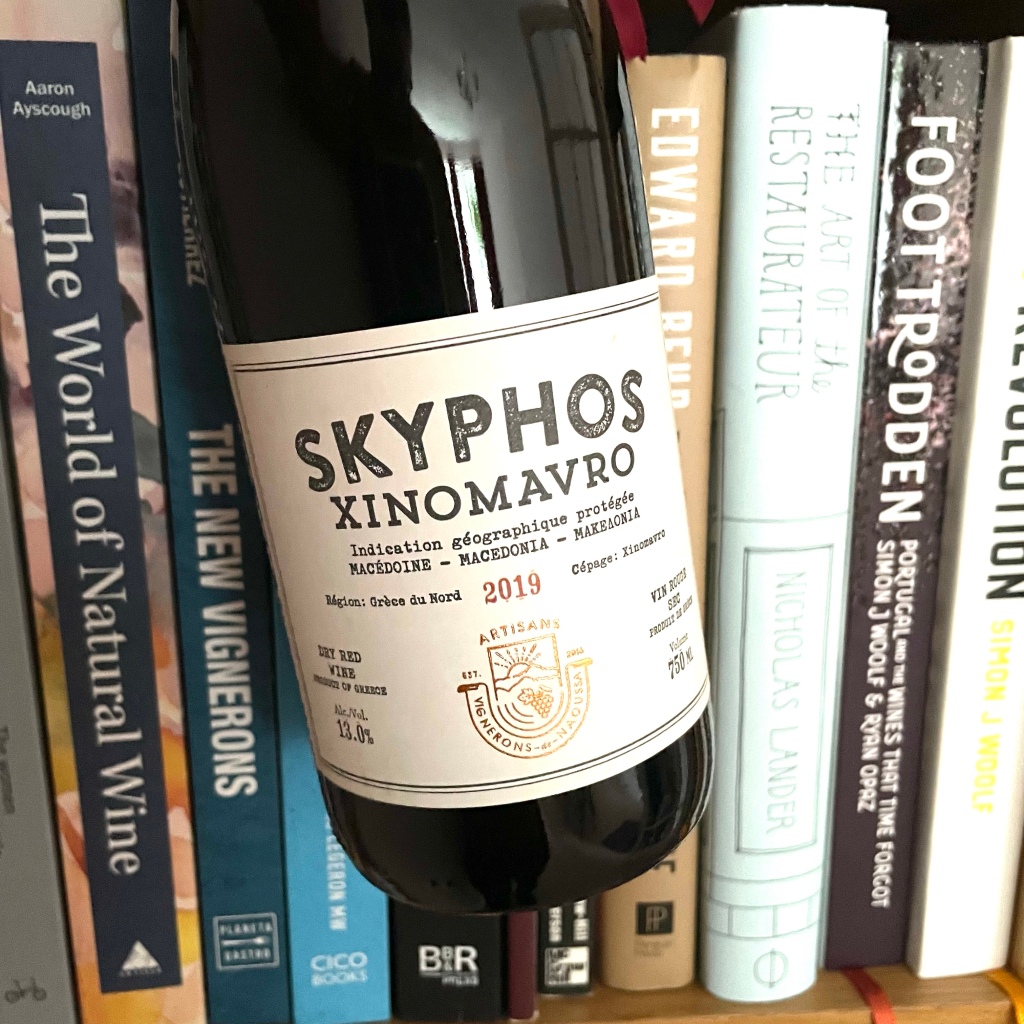
“The Ancestral Pink” 2021, Matt Gregory Wines (Leicestershire/Rutland. England)
This bottle is sadly the last of a selection of Matt’s wines I bought last year and they have all been rather good. Not bad considering they come from what experience suggests is one of the wettest and, even worse, sometimes most humid, parts of the country.
I was drawn to Matt’s wines not only because I’m perverse and like wine from out-of-the-way places, but also because Matt worked with Theo Coles of Hermit Ram, my favourite wine producer in New Zealand (and I now realise I only have one of Theo’s wines left as well). Matt faces the viticultural challenge of growing grapes in the Midlands stoically.
Matt, you see, is very much opposed to using synthetic pesticides and fertilizers. He is lucky that his vineyard is south facing and he has some disease-resistant hybrids in his arsenal along with the pure viniferas. For some reason he’s had success with Pinot Noir on the ancient Jurassic limestone of the Leicestershire Wolds, that sits beneath his vines, soils made more complex by the presence of flint and quartz.
The Ancestral Pink blends Pinot Noir with Pinot Gris and Bacchus with which Matt has created a tasty petnat. It’s made as whole bunches by carbonic maceration before gentle crushing in a basket press. Then he adds the pied de cuve to get the whole thing going again. He doesn’t need to add any yeast cultures, as the natural strains manage fine. Some reserve juice is added in but no sulphur.
What you get is pure strawberry juice with some bright cherry overtones. Fragrant, with gentle bubbles, it seems to hint at the English countryside I knew as a boy. That’s three delicious bottles of Matt’s I’ve drunk this year and all worth every penny.
£24.50 from Uncharted Wines.
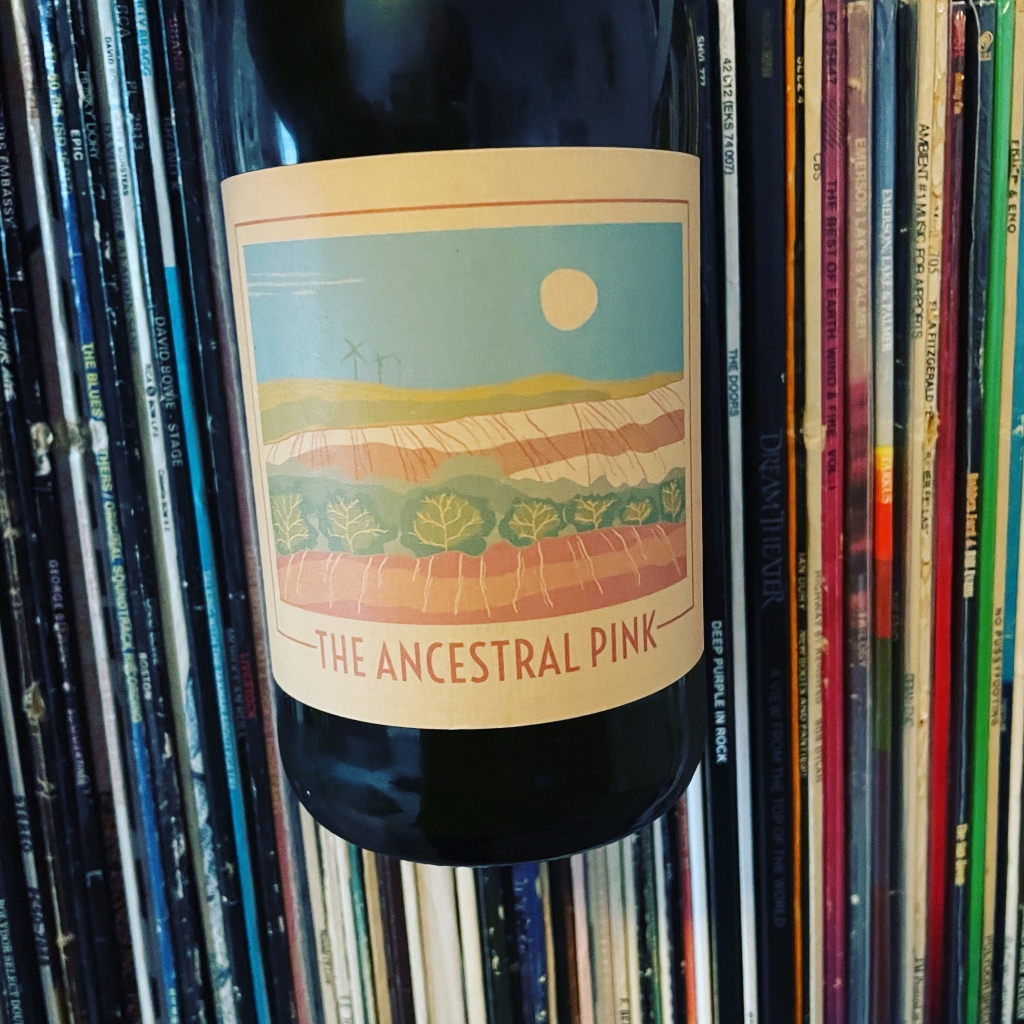
SEN 2020, Magula-Gabay-Bernheim (Slovakia)
This extremely impressive wine is from a collaboration between Vino Magula, based at Suchá nad Parnou in Western Slovakia (just northeast of Bratislava), Elizabeth Gabay MW (“the” British expert on Rosé wines) and her son, Ben Bernheim. It’s naturally a pink wine, although some may think it looks closer to the lighter red/darker Rosé of a Tavel than the more insipid pink of the ubiquitous Provençal.
The grapes chosen for the blend are Cabernet Sauvignon (84%) and Frankovka (aka Blaufränkisch) (16%) off volcanic and loess soils, farming being a mix of organic with some biodynamic practices. Under 24 hours on skins was enough to get the lovely ruby colour. Fermentation was spontaneous, in used French oak, ageing in 225-litre barrique. This was bottle 1812 out of 1850, historically significant.
Harvested in September 2021, it was bottled a year later. It’s a good, old fashioned, rosé with a bouquet of wafting dark cherry, the palate introducing hints of raspberry and redcurrant. This is exactly the kind of “rosé” you would drink year-round, and with food, which I believe is exactly what was intended. It should be served cellar cool but not chilled down.
This was originally priced high at around £40 if my memory serves me well. I thought that steep, even though the market now has plenty of £40 pinks. It was later adjusted to £30, which is very good value for a wine of this quality. There is still some available via Basket Press Wines.
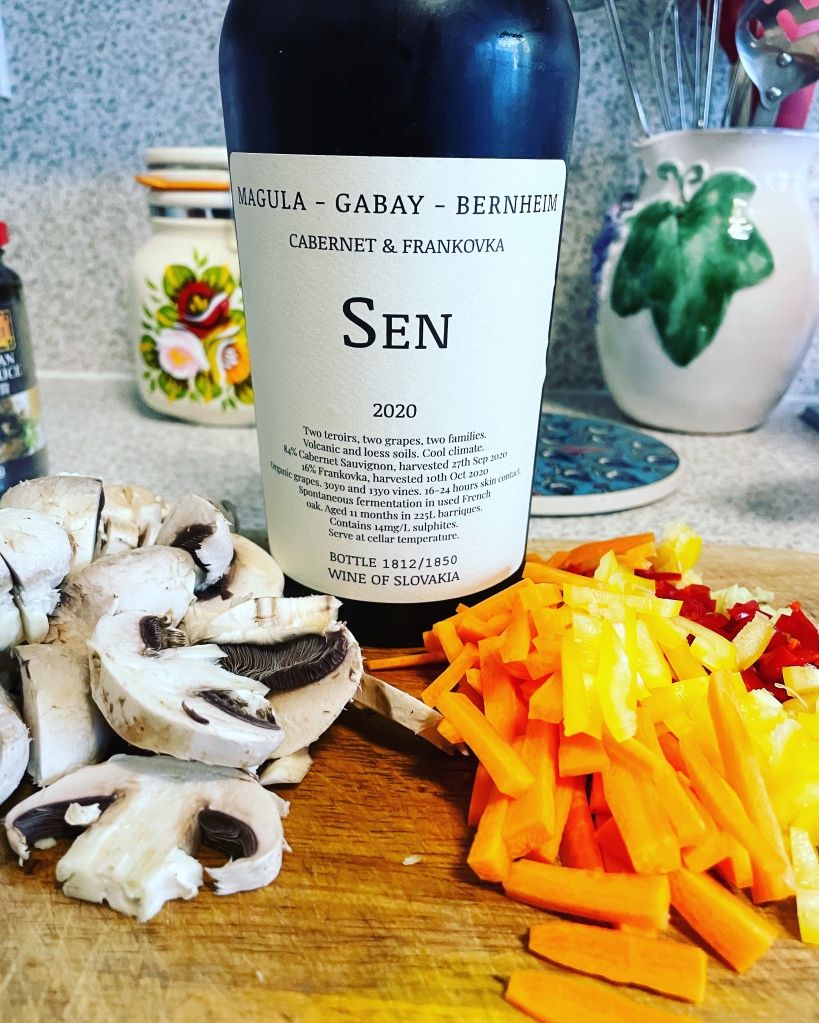
Gewurztraminer 2020, Dirler-Cadé (Alsace, France)
In Part 2, I extolled the virtues of Dirler-Cadé’s “Pinot Réserve”, a great value blend of Pinot Blanc and Auxerrois. This Gewurztraminer is grown off pink sandstone close to their Bergholtz base in the south of the region. All the wines here follow biodynamic farming practices, but if I were to describe Dirler-Cadé I’d say they were one of a handful of producers who have been around a while, and who straddle that gap between the younger natural wine fraternity and the more classical producers. The wines are made with close to natural wine methods but they have a more classical profile than the glouglou wines of the new generation.
One thing that is certainly “classical” about this wine is its alcohol content, 14.5% abv. This seems the norm for much Gewurztraminer nowadays. These wines can seem to struggle for balance between ripeness, alcohol and not much acidity. This one does not fall into that trap. It has a medium body for a wine of 14.5% and doesn’t lack finesse. There is, on the other hand, nice concentration and it is dry. This means that insofar as Gewurztraminer accompanies food (and it does, you just need to choose the right dishes), this does so very well.
What I especially like is that along with the dryness there’s a good mineral edge, something you find all too rarely with this grape now. Overall, it shows way more restraint than you’d expect if you didn’t know the producer.
This, like the Pinot Réserve, came from The Solent Cellar (Lymington). They are out of stock, I think, but they do have the 2019 lieu-dit “Bux” Gewurz, one year older and one step up, for £22. A couple of wines from the D-C range (Pinot Noir and Riesling Saering) are both reduced by £5 and £6 respectively, and of course Crémant d’Alsace (£22) is a great alternative as a traditional method sparkling wine.
A friend also reminded me the other day that their range of dry Muscat wines are among the very best in the region, though for those you’ll need to try either Vine Trail, The Wine Society, Hedonism in Mayfair, or the wine department in Selfridges.
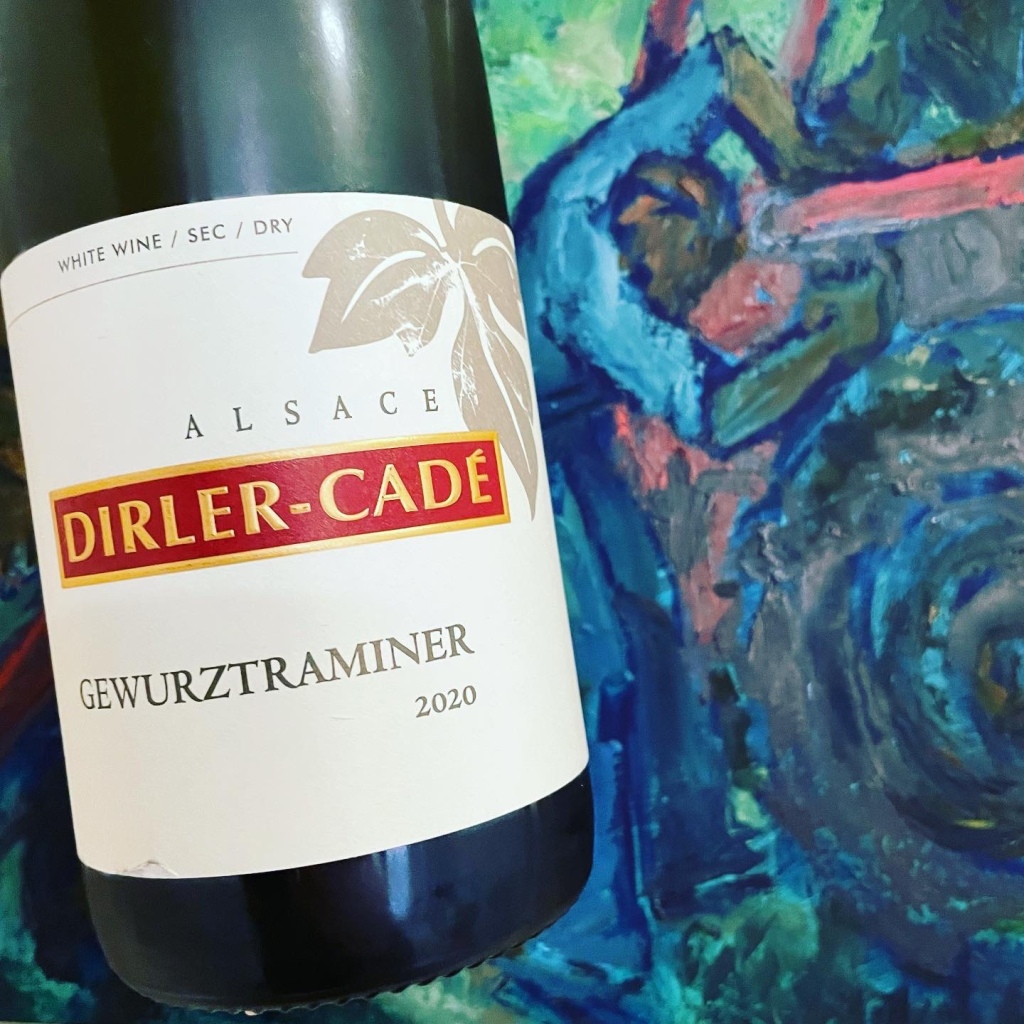
Pinot Grigio “Ramato” 2021, Specogna (Colli Orientali del Friuli, Italy)
This is another “rosé” wine of sorts, but right at the other end of the colour spectrum to SEN mentioned above. It’s a wine I’ve not drunk for many years but I used to buy it from Winecellars, then Liberty Wines, when I lived in London. I was glad I grabbed a bottle when I saw it locally.
Ramato refers to the colour of the wine, in this case a kind of coppery pink. In France the same style is sometimes called oeil de perdrix (partridge eye…in fact this Italian ramato does have a partridge on the label), as in the rare “Malvoisie” of the Loire (actually, like this wine, also Pinot Gris), and more fashionably now, in Switzerland’s Neuchâtel, which has successfully gained a Swiss monopoly over the term, but where it is most likely to be made from Pinot Noir.
Pinot Gris skins are, of course, pink. To make a white wine from Pinot Gris you need to press it early. Macerate the skins and you get colour. The wine may be tinged with colour but it shows many characteristics of a white wine. The bouquet is apple up-front, albeit ripe red apple. There is red fruit on the nose, but to me it’s like fading cranberry with perhaps the merest hint of raspberry.
The palate has fresh apple with, quite unusual, pineapple. At least it’s something a bit exotic and tropical. A savoury note keeps the finish dry and interesting. Kind of holding back the fruit from spilling out of the cage. I’m hoping there’s some more left, £20 at Lockett Brothers, and £20.49 at Valvona & Crolla in Central Edinburgh. The latter, of course, has an extensive range of Italian wines and shares its location at the top of Lieth Walk with Spry Wines (my recommendation for dining, with a cafe below and a great natural wine bottle shop) and Edinburgh’s best venue for second hand vinyl (Vinyl Villains). Sorted!

Complétement Red 2021, Lambert Spielmann (Alsace, France)
Yesterday was quite a sad day as I had an email from Lambert’s importer detailing three new-vintage 2022 cuvées (including this one and the sensational “Red Z’Epfig”). They were all three listed at £38. Tutto are right at the forefront of bringing into the UK truly exciting and innovative wines, especially from rising stars like Lambert. They truly have their finger on the pulse. However, I am sick at how wine has shot up in price in just a couple of years. To be fair to Tutto, you’d probably pay 45€ in France for the same wines, though somewhat less if you made the effort to go to visit him. Rant over.
This is Pinot Noir, pale but not remotely like the watery, green, Alsace Pinot Noir of old. In fact, it’s one of the most fruit-packed ch-ch-ch-cherry bomb reds I’ve had all summer. From a 2.5-hectare sandstone climat at Nothalten, it’s made via whole bunch fermentation followed by short ageing in demi-muids. Tutto says of this 2021 that it looks like a Ploussard, and colour-wise it does. However, the fruit is unmistakably Pinot Noir. It’s a biodynamic, natural, wine made purely for pleasure.
I love this and Lambert Spielmann, over the past few years, has become one of my favourite producers in Alsace. Just a shame that, like the wines of another Tutto star, the late Julie Balagny, they didn’t take very many vintages to become that step closer to unaffordable.
Lambert has this little quirk that on the back label he lists a track he thinks goes with the wine. In this case, despite my cherry bomb elusion, he didn’t select the debut single by The Runaways, but “Forever” (2010) by Perkele. They are a Swedish Band which plays music deriving from the “Oi!” sound invented by British skinhead groups in the later 1970s (though it should be stressed that Perkele state that they are firmly anti-racist, anti-nationalist and anti-homophobic, as were most of the bands from that genre back in the 70s).
This particular bottle came from Noble Fine Liquor, which is unfortunately no longer with us, a tragic loss to the London wine scene. Tutto Wines has an online shop, Tutto a Casa. The selection from their portfolio available in the shop changes all the time, but as of Friday last week, there were four Spielmann wines for purchase.

